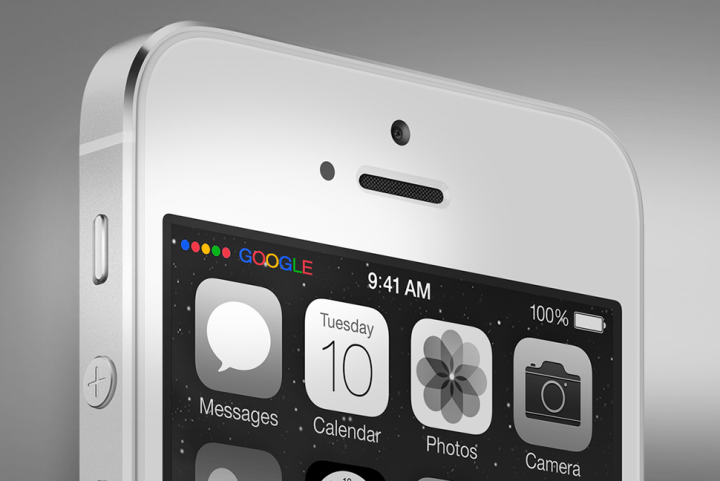
The current wireless industry is a mess. Customer service for wireless carriers is not great, the rest of the world is passing us by with greater speeds, and consolidation is eliminating many small wireless carriers. Contracts are still an expensive venture, and data caps are ravaging our wireless bills. In short, a lot of people love smartphones and tablets, but they don’t love carriers. But what if your carrier was the same company designing the software inside your phone? Rumors of Google starting its own wireless carrier go back to 2008, and they’re back again. Google may soon sell wireless service. Here’s everything we’ve ever heard about Google and its wireless dreams, starting way back at the beginning.
2008: It all started with an auction

The FCC heeded Google’s wants by establishing a rule that forced carriers to allow any device on their 700MHz LTE networks, but Verizon and AT&T circumvented the rule by making devices that were technically incompatible with each other’s networks.
2012: Google and … Dish Network?
Google went quiet for a while as Android grew in popularity, but fast forward to 2012 and reports began to pop up that Google would partner with Dish Network in an effort to launch a wireless service. Based on what sources at the time said, both companies were in preliminary talks but no finalized deal was reached. Dish Network wanted a wireless partner, but according to Dish chairman Charlie Ergen, it was looking for a company with already-established wireless towers but no wireless network.
Google reportedly hoped that its wireless service would be data-only in order to use data connections for things such as phone calls and text messages. Unfortunately, things didn’t work out with Dish. Even so, that didn’t stop Google.
Jan. 2013: Testing wireless in the Googleplex
In January 2013, a report from the Wall Street Journal confirmed that Google was ready to build its own wireless network, kind of. The report detailed that Google was trying to create and deploy an experimental wireless network that would only cover its headquarters in Mountain View, California. Even though the small-scale network would not have much range and be practically incompatible with most iOS and Android handsets and cellular-equipped tablets, its frequencies could work well enough in dense urban areas, if Google chose to expand it.
Google wants to become a mobile virtual network operator (MVNO)
May 2013: Targeting emerging markets, one at a time
A few months later, the Wall Street Journal made another discovery. This time, it reported that Google would built its own wireless network in emerging markets around the world.
According to the report, Google planned to partner with local telecommunications firms and equipment providers — in areas such as Southeast Asia and sub-Saharan Africa — to build out networks. In addition, Google planned to create new business models to support the networks. Google didn’t comment on the report, but sources said that, in some cases, Google would also utilize airwaves used for television broadcasts, so long as government regulators were fine with it.
It will take time to build out these networks, but Google has begun.
2014: Google renting data access from Verizon and Sprint
This brings us to today. The Information reports that Google wants to become a mobile virtual network operator (MVNO). It is reportedly in talks with Verizon and Sprint, and hopes to license and resell data access to their networks.

It seems as if Google is slowly piecing a wireless network together.
What does this mean for you?
As of right now, this is a pipe dream. Nothing has been confirmed, and while these are strong and persistent rumors, they are still just rumors.
Even so, it never hurts to think about the possibilities. If a report from 2012 is any indication, Google will have a data-only network where voice calls and text messages would be delivered through data connections. Google already does this with Hangouts, which is the only thing other than Fiber that we can concretely look at and wonder if this is what Google sees as the future.
We’re still not sure what Google is up to, but if it starts a good business as a MVNO, there’s no reason why competitors like Apple couldn’t test the waters as well. Disruption is exactly what we need in the wireless industry. With cell phone bills that are many times more expensive than most countries around the world, it’s not like things can get much worse.
Editors' Recommendations
- The first Google Pixel 9 Pro hands-on photos are here
- Here’s how Apple could change your iPhone forever
- Here’s every color that will be available for the Google Pixel 8a
- Google just released the first Android 15 beta. Here’s what’s new
- This Google Pixel 8a leak just spoiled everything about the phone

